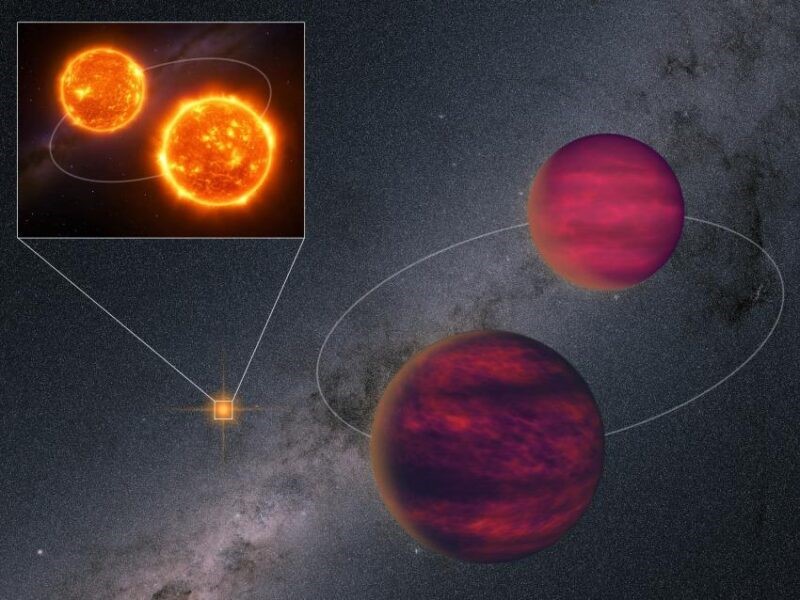7667766266
enquiry@shankarias.in
Prelims – Current events of National and International importance| Science and Technology.
Why in News?
Recently, a team of scientists has discovered a rare quadruple star system in the milky way galaxy.
Milky Way Galaxy or Akasha Ganga is a huge collection of stars, dust and gas. It is called as a spiral galaxy because, when view it from the top or bottom, it would look like a spinning pinwheel.

Brown Dwarfs
References
Related News – Milkyway Galaxy | Dark Matters